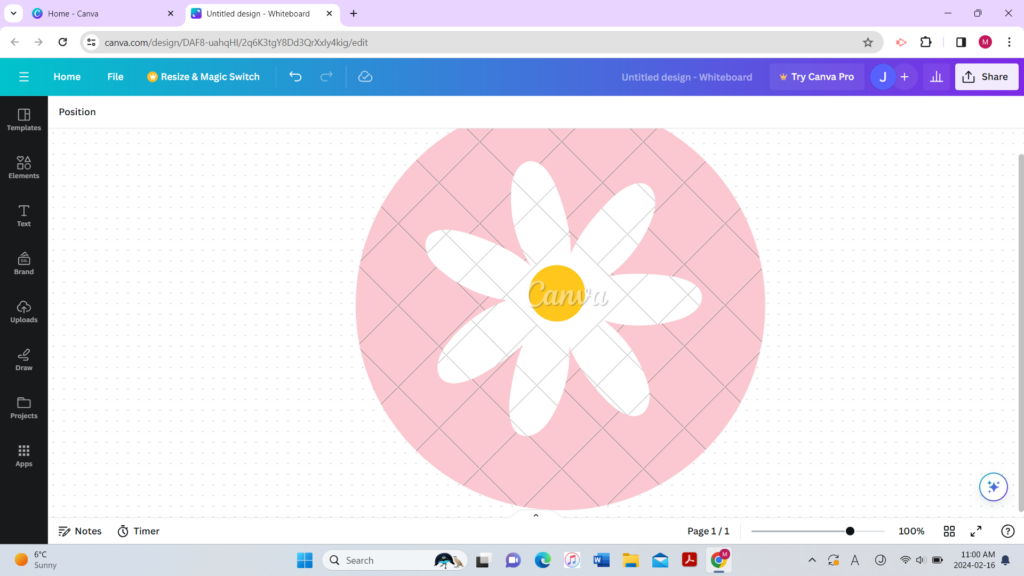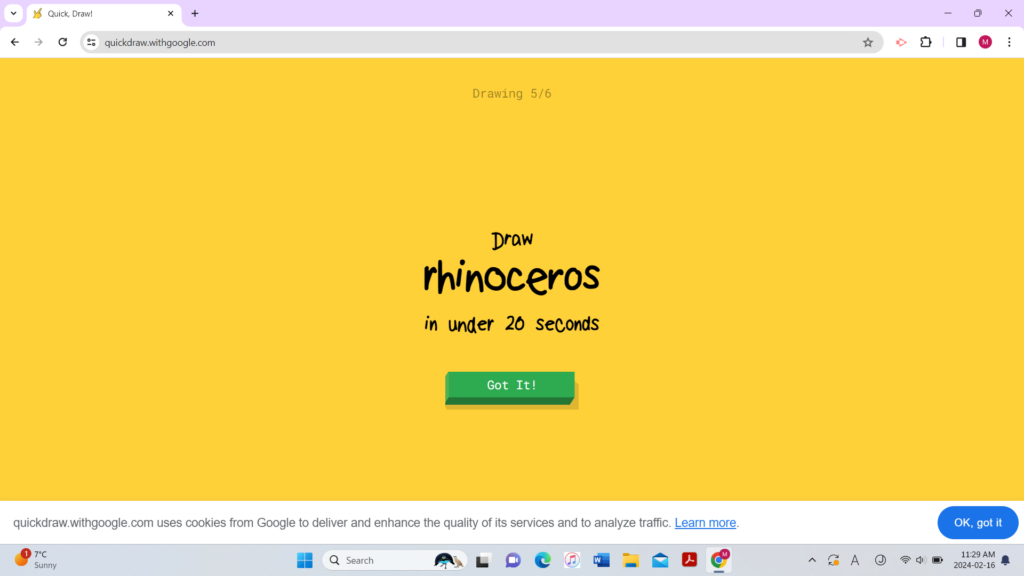And here we are, at the end of this tech journey called EDCI 336.
Overall, I learned to love tech more than I did at the beginning of this course. While I am open to new experiences, new perspectives, and new ways of knowing, doing, and being, I am also a simple person that can live a satisfied life with what I already have. I don’t need more stuff – I just want to go deeper with the stuff I already have.
Of course, I recognize how technology makes our lives easier – easier to communicate, easier to get from one place to another, easier to find information. But I also wonder about the balance of ease with the need to experience hardship to learn how to appreciate. As a social scientist, the underlying questions I seem to always be asking are: Won’t the ease of everything primarily help to foster some of the undesirable qualities or behaviours of humans, such as reliance, impatience, and entitlement? Has this type of technology created, fundamentally, more connections or more disconnections?
How do we measure the true costs of having this type of technology, when considering both the social and environment factors involved in having this type of technology?
And just like the concept of biomagnification, I also wonder if introducing children to screen tech at an early age will only cultivate the aforementioned qualities along with the inability to think critically and autonomously, to communicate profoundly, or to get a true sense of what hard work means.
I value organic experiences, holistic communication, and a planet of profound connections.
I also recognize that the global macrosystem is bigger than me. And while I can choose to deny some aspects of technology into my life, there are some technologies that are here to stay. And like the narrative that has been replayed over and over again throughout our species’ history – adopt the new technology or perish – I have the option to fully deny technology into my life and become a relic in the rearview mirror, or walk with everyone else and continue to provide an example of employing a critical lens.
If I believe that, with my life experiences and the reflection on those experiences, I have something to offer younger generations that will help them move forward in an honourable and respectful way, than I must adopt the new technologies to remain relevant and interactive with those who have grown up in this age of technology. To make a connection with students who may need to see me as technologically competent as a prerequisite for being open to idea of having a relationship with me and giving me their attention enough for me to bestow them with the values of a caring humanity and not shy of accepting the hard work of perseverance as a way of being,
I will need to have some present-day technological know-how to be invited into their trust.
And so, it is with this perspective (which also represents what was most challenging but also the most valuable), I keep my antiquated heart open to the possibility of an engagement with screen-based technologies.
What, from this class, will I take with me?
Again, the underlying theme for me having taken this class is being open to changing my perspective to include the positives of technology and to try and find a balance. All of the apps and programs are just means to this attitude – all of those apps and websites are impermanent fads, and as it does not make sense to comment directly on one or another, it seems more important to comment on what, from the humanness, I will take from this class into my teaching practice:
- Be aware of the tech and information-sharing policies of the district you work in
- If you don’t know, ask
- Even if you think you do know, it doesn’t hurt to ask anyway
- Teach students to be critical thinkers with every medium they use
- Be open to learning new things
- Be flexible and not so stuck in one way of knowing, doing, and being
- Don’t be too hard on myself – ChatGPT can create an outline for a unit a lot faster than I can – but I have the ability, and responsibility, to humanize that unit outline
- Smile and have fun
I need soil to grow vegetables more than I need gigabytes on a phone plan. I would prefer clean air and pristine water for everyone more than the ability for us all to get to work faster in a self-driving motorized vehicle operated by a signal from a satellite. I would prefer a music circle than a music streaming app; a face-to-face conversation rather than a text message through a screen. But I would also rather be walking with the whole than just by myself; helping the next generation become deliberate thinkers and critical consumers of information rather than offering my back as I crawl back into, or out of, the cave.



